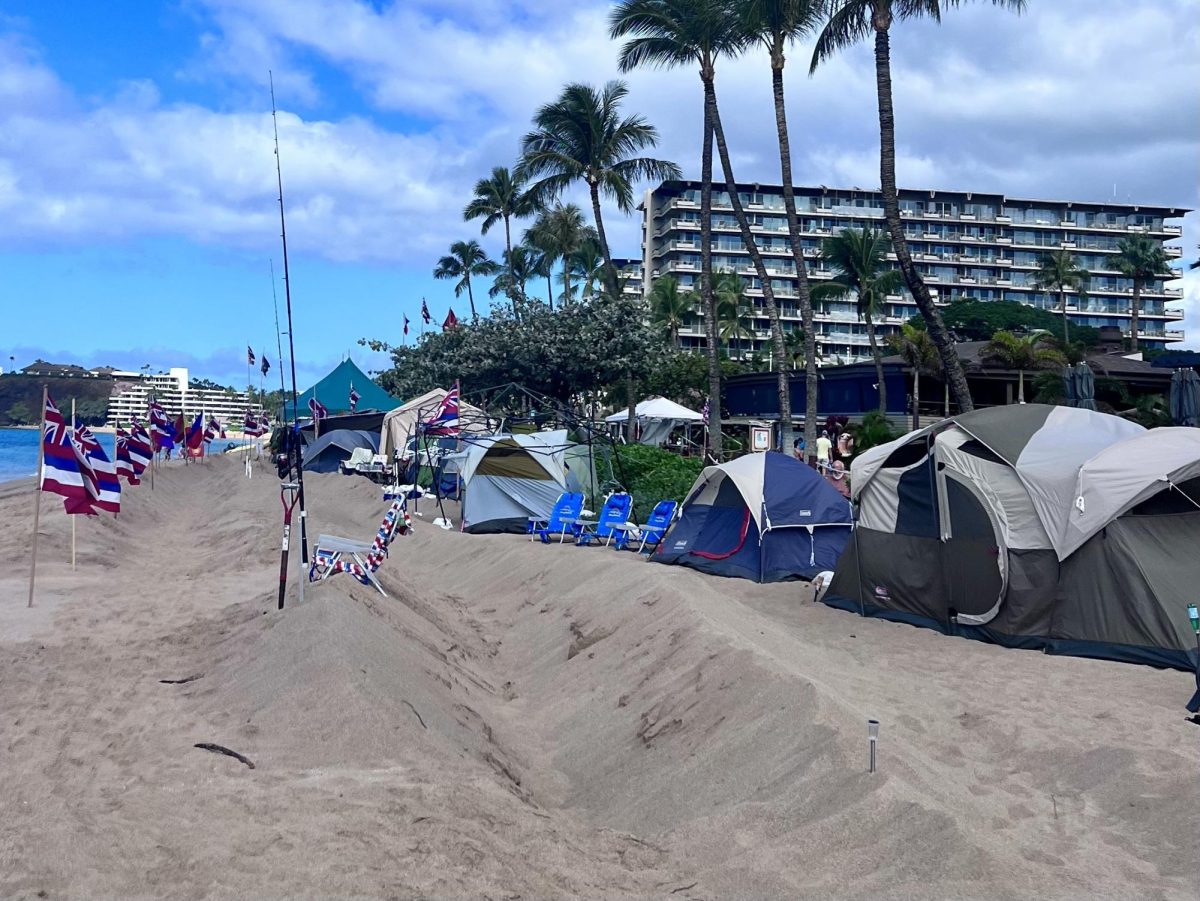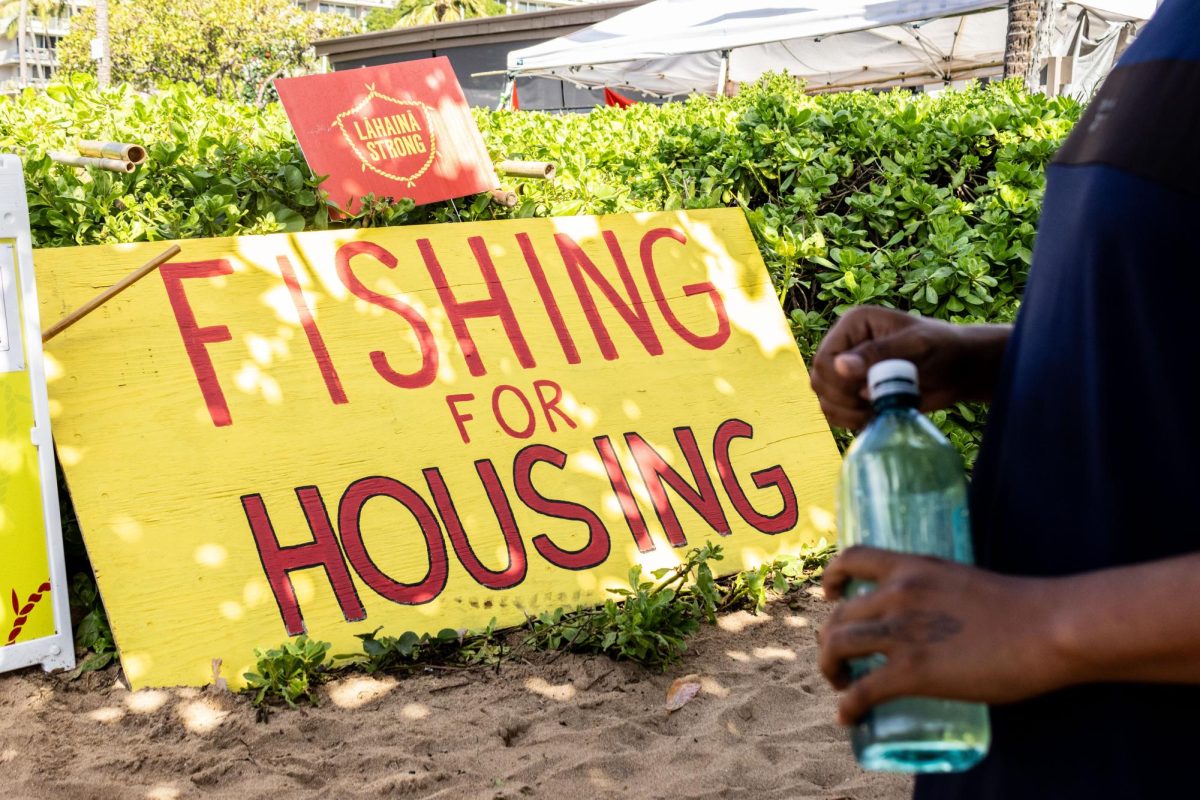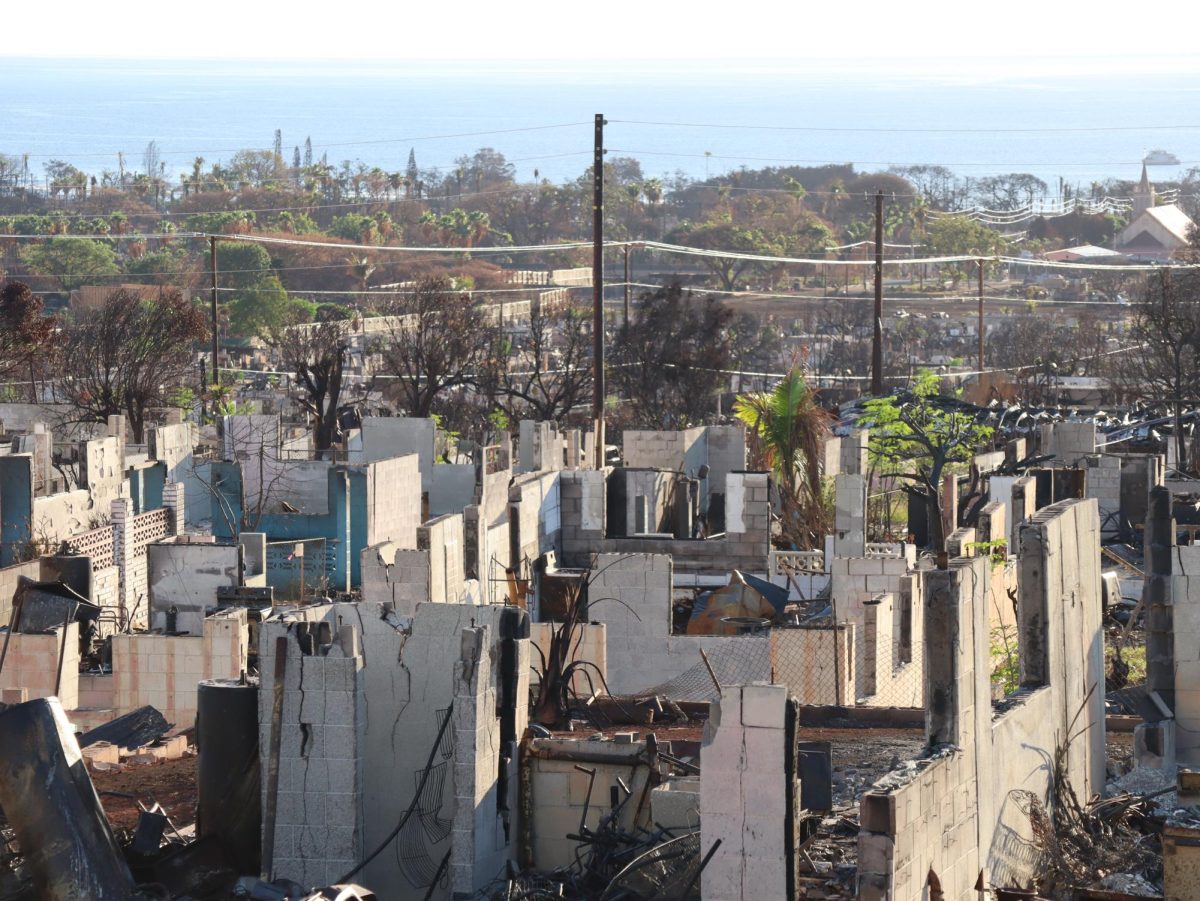For months, Lahaina residents have made Kaanapali Beach — a popular tourism spot in Hawaii — their temporary refuge, residing in tents as protection against the sun and scorching sand. With a canopy of donated food as their kitchen and the ocean as their front yard, the people living in these tents utilize fishing poles for legal beachside camping.
These aren’t vacationers; they are here because they have lost homes to the Aug. 8 Maui wildfires.
The “Fishing for Housing” protest, organized by Lahaina Strong, advocates for affordable long-term living solutions for wildfire survivors. Their fight is for dignified housing.
Following the devastating Maui wildfires, over 6,500 people found themselves without homes in what became the deadliest wildfire in modern U.S. history. This has only exacerbated the pre-existing housing shortage.
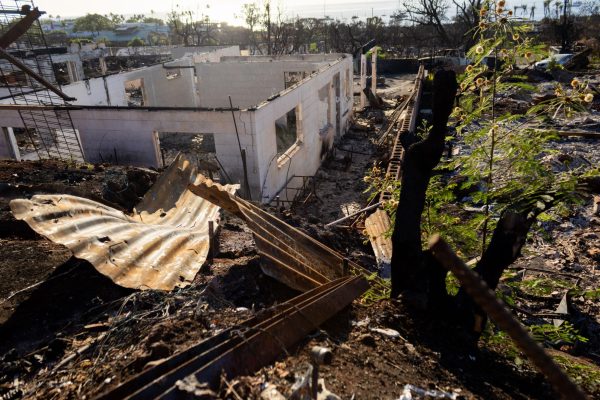
Those who lost their homes are currently staying in rental houses or hotels, but the options are both limited and limiting, according to residents.
“There’s about 5,000 people along the Kaanapali Coast here in these resorts and hotels that are shuffling around from room to room,” said Carlos Lamas, a Fishing for Housing volunteer. “(The Red Cross) mean well, and they are helping, but there’s a lot of red tape. You can’t have guests over, you can’t cook in your units. It’s just not dignified housing.”
Unlike tourists who have more flexibility with guests and amenities, many Lahaina residents face stricter rules and risk eviction for not complying with resort regulations — restricting items like microwaves and pet accommodations.
“Many people don’t want to live (at the hotels), but at this point, they don’t have a choice. … A lot of people I’ve talked to say it’s like a jail to them,” said Vince Bagoyo Jr., a Hawaii housing developer.
Families displaced from their homes are receiving financial assistance for housing from the American Red Cross and the Federal Emergency Management Agency (FEMA). However, some receive one to two-month rental vouchers, which are reviewed on a rolling basis. Consequently, some families are uncertain about their housing situation as the end of the month approaches.
Rick Nava, a member of the mayor’s Lahaina Advisory Team, lost his home in the fire and is staying in a rental house until August. He was able to secure a longer-term voucher for his family of seven.
“We really need to come up with better solutions, because (living) two months at a time is not conducive, it’s not healthy for the people,” Nava said. “Especially for the kids, where you get pulled out and they tell you that your next place is on the other side of the island. So now they’re going to have to create a new friend (group).”
A few proposed government initiatives include tax incentives for short-term rentals to convert to long-term housing, a moratorium on short-term rentals and incentives for homeowners to build accessory dwelling units (ADUs).
While the state and county propose short and long-term answers for displaced individuals, residents share mixed feelings about the solutions.
According to Lamas, he wants to see an end to short-term rentals in West Maui.
“It’s hard to have empathy for upper-class tourists or settlers with their second or third house while you have somebody who is working two or three jobs to support their family and doesn’t even have one,” Lamas said.
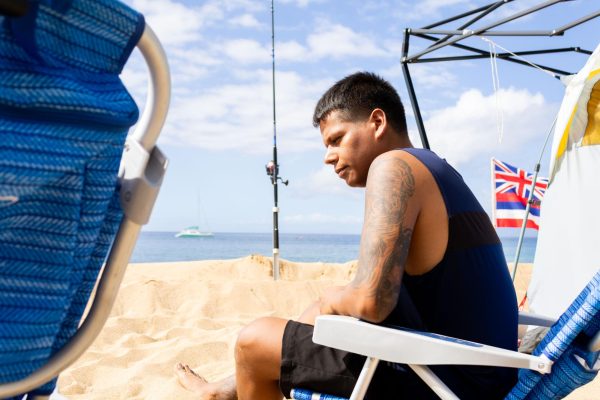
If the tax incentive falls short, Hawaii Gov. Josh Green is open to utilizing emergency powers for a short-term rental moratorium. However, this approach may face legal challenges as property owners, like Bagoyo, argue it could be deemed a constitutional taking without fair compensation.
Bagoyo also expressed skepticism about the effectiveness of ADUs, suggesting that it may only appear politically appealing.
“I think that they’re trying to impose something that looks politically good, but in terms of its implementation, it may not work,” Bagoyo said. “It’s going to be interesting to see how many takers of that subsidy. $100,000 is not a lot of money.”
While opinions on proposed solutions vary, residents share that government action is crucial for clearing the debris and rebuilding the Lahaina community.
“I understand the cleanup wasn’t going to happen overnight. But I did anticipate a lot more work to be happening I guess,” said Leila Baqui, a Lahaina resident. “It’s been five months now and it feels like it’s all just faded. (It’s) a whole lot of talking but not a whole lot of doing on the government’s part.”
According to Hawaii Sen. Angus McKelvey, legislative sessions are in the process early this year to discuss public infrastructure funds, housing bills and establishing a community land trust.
“We have to rebuild Lahaina in the right way because it was going in the wrong direction,” McKelvey said. “And I think the people who are sticking it out, and (risking) their health through being in toxic dust every day, they demand the return of Lahaina that I remember when I was a kid — and now we have a chance to recapture it.”
After over five months, the County of Maui began phase two of the debris removal process on Jan. 16 in collaboration with FEMA and the U.S. Army Corps of Engineers. According to the county, this follows the completion of phase one, which involved the removal of hazardous material and bulk asbestos.
For more information on the developing hazardous debris removal process, visit the Maui Recovers website.




